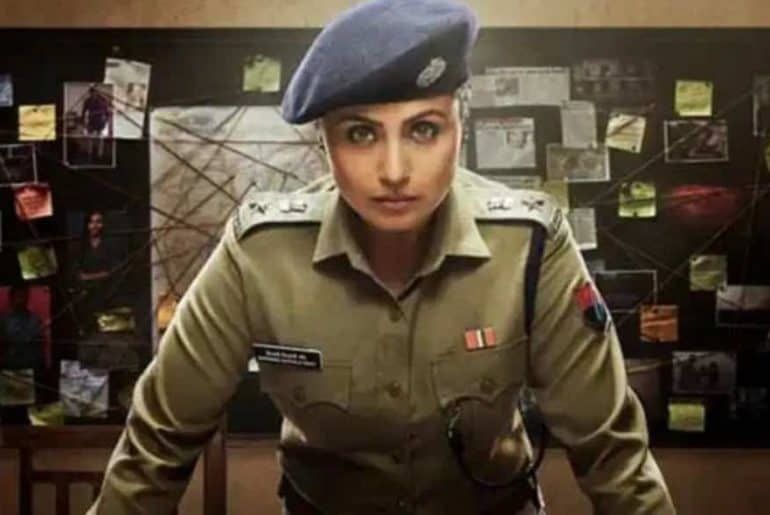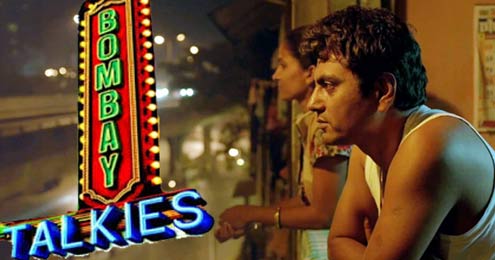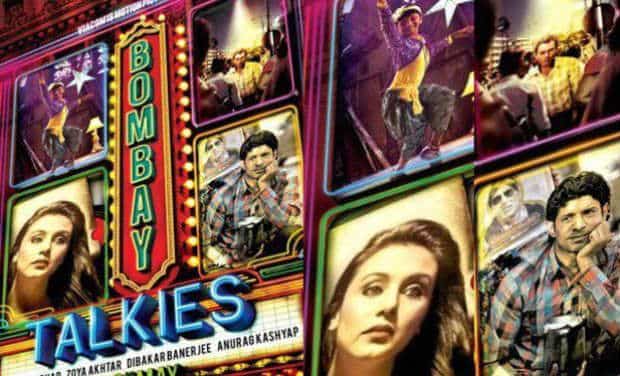Mardaani 2 which releases on 13th December has created controversy weeks before its release. The controversy revolves around Kota, the city in which Mardaani 2 is based.
Every year during late summers newspapers, billboards and the Internet get flooded with advertisements of coaching classes glorifying their results in Joint Entrance Examination (JEE) and National Eligibility cum Entrance Test (NEET) exams. Every alternate advertisement is from the coaching capital of India, Kota. I am sure many of us would have deliberately or forcibly pondered about the idea of studying in Kota once in life. More than half a lakh students flock to Kota every year to realise their dreams of getting into an IIT or a premier medical college. Lately, it’s in news and unfortunately, not for good reasons.
No, it’s not about the suicide rates which the city is infamous for but, the Rani Mukherjee starrer, Mardaani 2 which is set there. Trailer of the film that released on 14th November has generated substantial amount of controversy even before its theatrical release. The storyline has moved to Kota from Delhi in the second part of this franchise, where Shivani Shivaji Rao, a super cop from Mumbai, is assigned with a new case to catch a 21-year old notorious criminal involved in rape and murder cases of girls in Kota.
The backdrop of movie did not shy away from illustrating Kota in its rawest form, which has invited the wrath of residents and students who come here to study alike. So much so that the Speaker of Lok Sabha and Member of Parliament Om Birla had to intervene in the matter.
Why are Citizens of Kota angry?
The protesters say that the film shows Kota in a bad light. The protesters reserve that Kota, that is a hub for engineering and medical coaching centres, has not witnessed the kind of events shown in film. They demand Kota’s name to be removed from the entire reel of the film.
A geographical land always holds cultural significance for its inhabitants. The fury of Kota residents justifies that. But before succumbing to emotive ethos, let’s look at crime rates of this city.
According to the ‘Crime in India’ data released in 2016, Kota occupied 3rd place all over Rajasthan for rape crimes. With 437 cases registered in one single year, the rape rates were 20% while assault rates were as high as 24.5%.
In 2016, the Kota Police confirmed the existence of a student gang called “Bihari Tigers Force” after their involvement in the murder of a 19-year old medical aspirant. The notorious gang formed around 2008 has been active in moderate to heinous crimes like chain snatching, extortion, harassment etc.
When ‘Delhi Crime’ released on Netflix this year, no such controversy was seen around. Based on the 2012 Nirbhaya Rape Case, the show stigmatised the national capital on crime against women that is evidently prevalent here. But for Delhi it’s not a new blot. Every now and media has scolded Delhi for the same. It might be that we have internalised Delhi’s ill habit. Maybe seeing a filmmaker reflect the issues of Kota has made their citizen uncomfortable, but that’s necessary for anyone who wishes to rectify the problems prevalent in their surroundings.
Featured Image Credits: Zee News
Priyanshu



